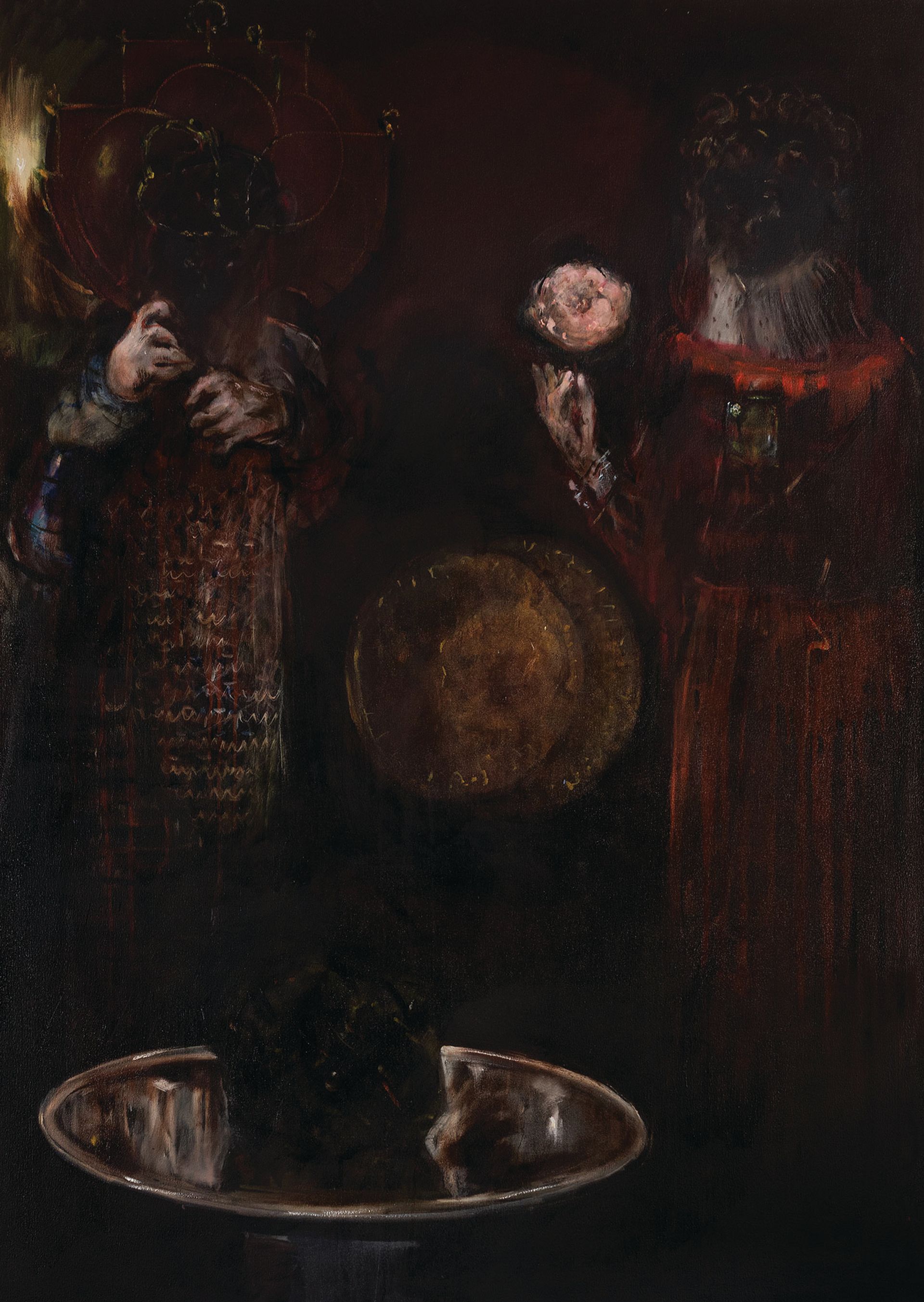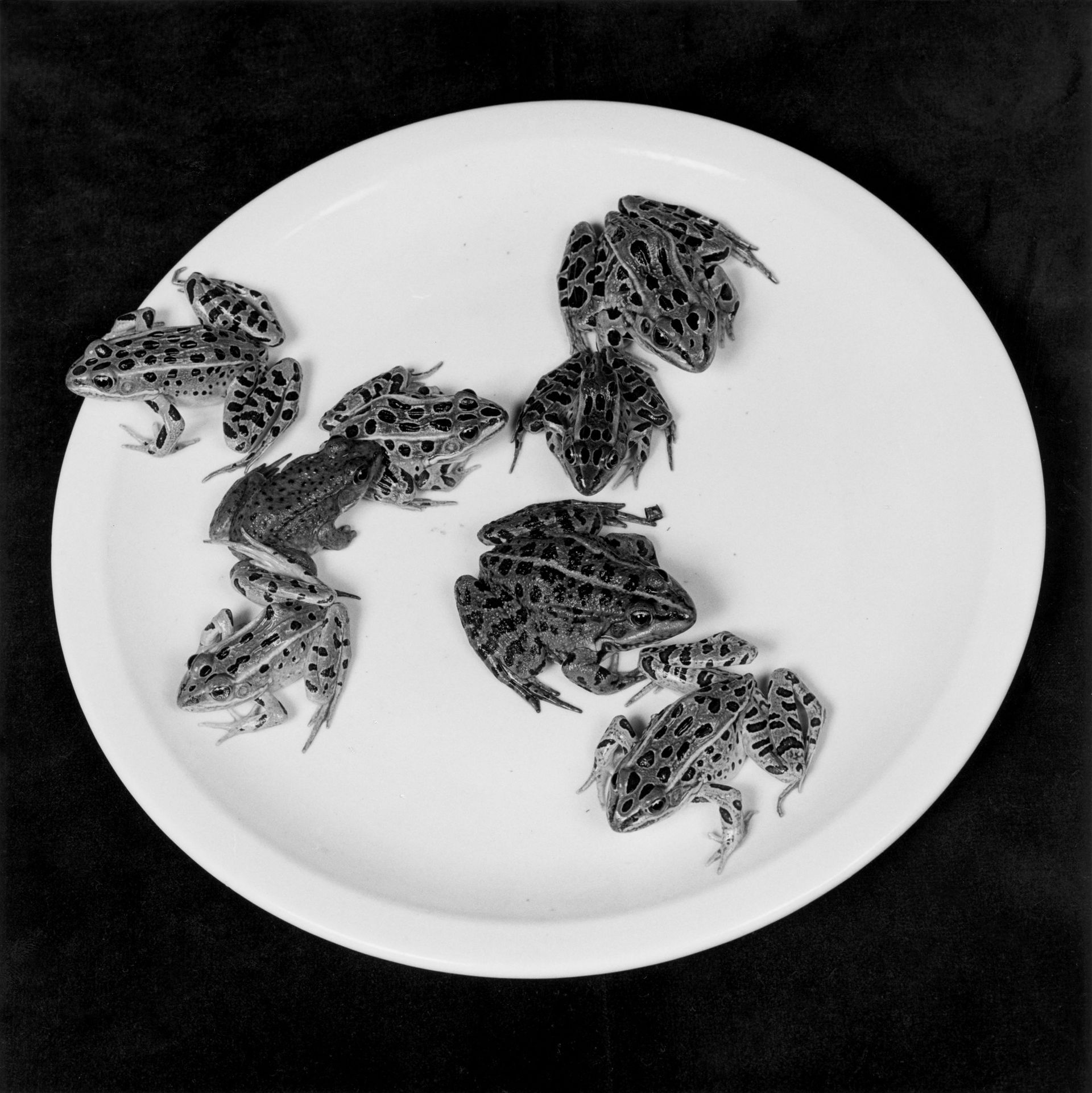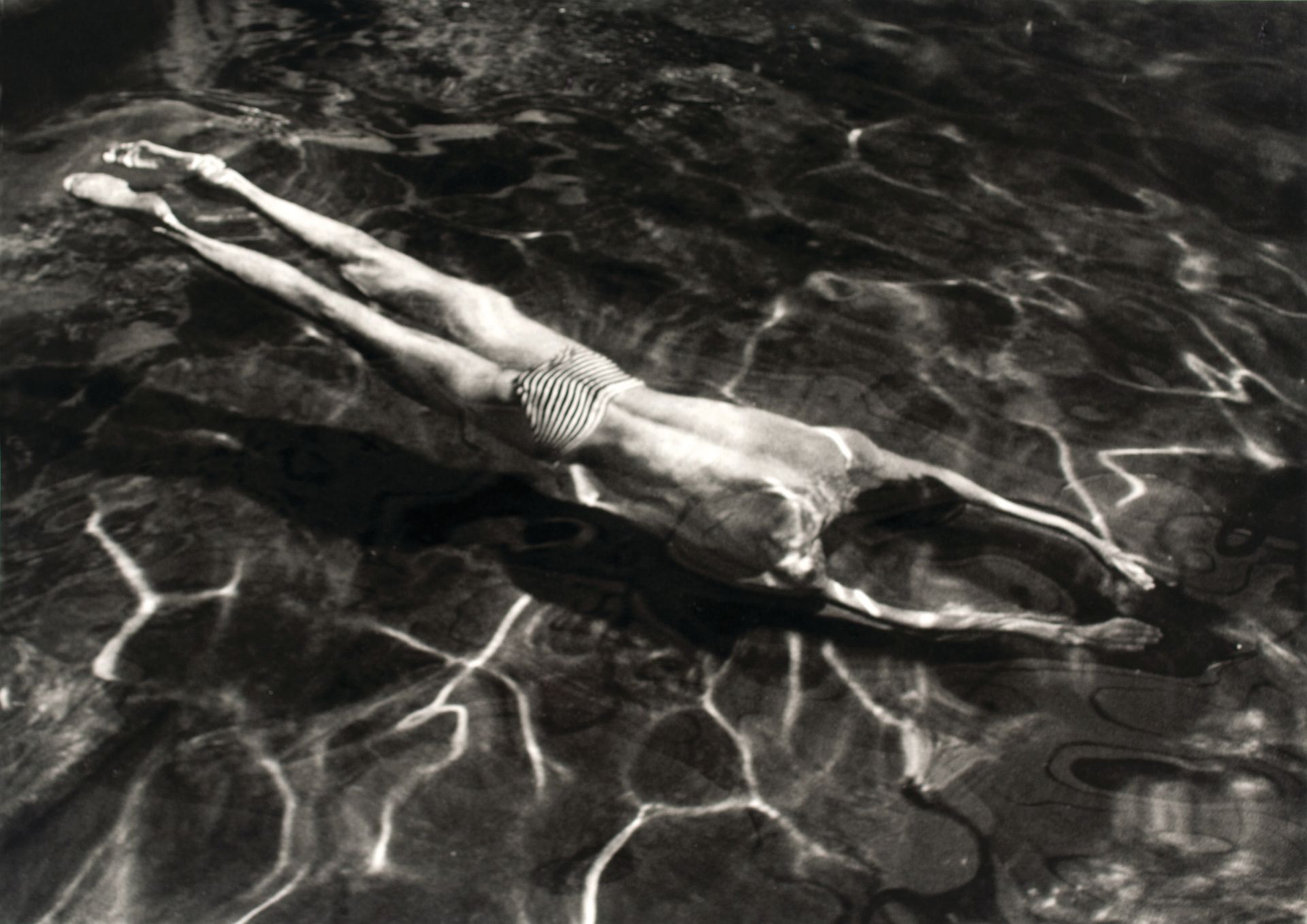Alex Hartley: After You Left, Victoria Miro, Wharf Road (until 16 December)
To my mind the best—and now most prescient—work of art to be associated with the 2012 Cultural Olympiad was Alex Hartley’s Nowhereisland, a nomadic island revealed by a retreating glacier. He towed it from the Arctic to the south coast of England as a visiting “island nation” with citizenship open to all. Hartley is unravelling more utopian dreams at Victoria Miro, where he has memorialised (and satirised) the legacy of Modernist architecture in a brilliantly constructed ruin that seems to be sinking into the canal behind the gallery. It is no coincidence that this decaying wreck is overlooked by shiny new blocks of flats which plunder the motifs of Modernism with none of the ideology. Inside, there is more entropy and boundary-blurring as plinths made from chunks of concrete stand alongside photographs of dense jungle. On the walls, shadowy images of classic West Coast domestic Modernism can be seen through an elegant fog of Perspex and paint splatters.

Fergal Stapleton: Lo Ceremonial, Carl Freedman Gallery (until 10 December)
What strange, beguiling paintings these are. Mysterious spectral figures emerge from a richly painted Rembrandt-esque gloom, dressed in opulent fabrics but with their faces eerily obscured. Several are accompanied by iridescent glass orbs, which could also be the vanitas bubbles of 17th-century Dutch painting. There are flashes of glimmering gems, hands clasping delicate blooms and gleaming metalware. All this referencing and virtuoso brushwork conjures up a powerful and psychologically complex atmosphere that amounts to much more than spooky effects and Old Masterly quotations. These paintings take the traditions of memento mori and push them into a darker, more indefinable place.

Teller on Mapplethorpe, Alison Jacques Gallery (until 7 January)
Like Robert Mapplethorpe, Juergen Teller crosses over between commercial and fine art photography and doesn't shy away from a sexually provocative image. Yet while there is no shortage of male members thrusting their way through this highly personal selection by Teller from the holdings of the Mapplethorpe Foundation, there are also many works that are not so easily associated with the photographer who would have been 70 this year. We see that it does not matter whether Mapplethorpe was shooting a bread roll, live frogs on a plate, rows of apartment windows, a hanging bat or two forearms vanishing up a backside; formal rigour was applied to all. From the earliest polaroids to the silver gelatin prints for which he is best known, all are exquisitely lit and meticulously composed. Thanks to the keen kindred gaze of Teller, this revelatory show presents a more nuanced Mapplethorpe without detracting from his uncompromising vision.

The Radical Eye: Modernist Photography from the Sir Elton John Collection, Tate Modern (until 7 May)
This astonishing roster of some of the greatest images by masters of Modernist photography from the 1920s to the 1950s is just a small part of Elton John’s 8,000-strong (and growing) collection. But it is completely mind-boggling for its quality, range of styles and darkroom techniques, not to mention the frames. Even more impressively, many of these key portraits, landscapes, still-lifes, documentary and abstract works by the likes of Tina Modotti, Man Ray, Brassaï and Dorothea Lange are also vintage prints. Of particular note are André Kertész’s tiny contact print of Underwater Swimmer (1917), with his original pencil crop marks, from which all subsequent versions were made, and Man Ray’s Glass Tears (1932), which set a world record for a photograph at auction when it sold to the Rocket Man for £112,500 in 1993. That now seems like a bargain.


